What Do Alexandrine Parrots Eat?
In the wild, these parrots inhabit the forests of India and Sri Lanka where they forage for a diverse diet. Read on to learn more about the Alexandrine parrot and what these intelligent birds eat both in their native habitat and in captivity.
Alexandrine Parrot Diet in the Wild
As medium-sized parrots native to the forests of southern Asia, Alexandrine parrots forage for a diverse diet rich in seeds, nuts, fruits, leafy vegetation, and the occasional insect.
Alexandrines are omnivorous birds that take advantage of many different food resources. Their natural diet consists of:

- Seeds and nuts like cashews and pistachios found on the forest floor
- Fruits including mangos, figs, berries, and melons
- Leafy matter from trees and edible flowers
- Stalks, grass seeds, and agricultural crops like corn
- Protein from grubs, larvae, and other insects
This varied diet provides the fats, carbohydrates, vitamins, minerals, and amino acids an Alexandrine parrot needs to thrive. It also supports their constant beak growth and tendency to chew.
In the wild, Alexandrines spend much of their day foraging, climbing, and flying from tree to tree in search of food. Their natural diet satisfies their need to constantly chew, shred, and manipulate food. It also provides nutritional variety and enrichment.
Read our article about What Age Do Alexandrine Parrots Molt
Key Components of the Captive Alexandrine Diet
In captivity, Alexandrine parrots thrive on a diet that mimics their varied natural food sources. Their meals should include high-quality pellets, plenty of fresh fruits and vegetables, whole grains, limited nuts and seeds, and the occasional bit of animal protein.
High-Quality Pellets
A pelleted base diet ensures Alexandrine parrots get balanced nutrition in captivity. Look for a brand formulated specifically for medium-large parrots. Pellets provide a nutritionally complete diet with:
- Protein for muscle growth and repair
- Healthy fats for skin, feathers, and joints
- Carbohydrates for energy
- Fiber to support digestion
- Vitamins and minerals like calcium, phosphorus, and iron
Pellets should make up 60-80% of an Alexandrine’s diet. Slowly transition from seeds to pellets over 2-4 weeks by mixing both and gradually increasing pellets while decreasing seeds.
Vegetables and Leafy Greens
Fresh vegetables should be served daily. Leafy greens like kale, spinach, swiss chard, and lettuce provide nutrients. Broccoli, carrots, sweet potatoes, squash, peas, beans, corn, and other veggies also make good additions. Chop into bite-sized pieces.
Favorites to try include:
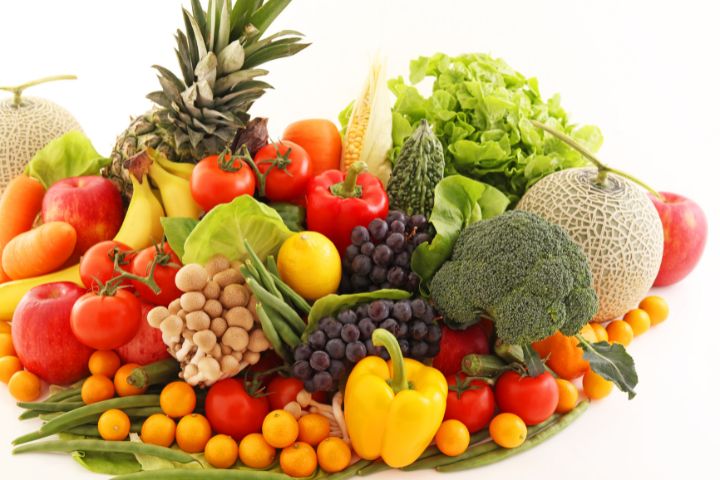
- Kale, dandelion greens, mustard greens
- Broccoli, carrots, pumpkin, yams
- Peas, corn, lima beans
- Zucchini, squash, sweet potato
Vegetables give antioxidants, phytonutrients, vitamins (A, K, C, E), and fiber. Offer 2-3 different veggies per day, alternating options.
Fruits
Fruits provide key vitamins, minerals, and carbohydrates. Offer at least one fresh fruit daily including favorites like:
- Berries – strawberries, blueberries, blackberries
- Bananas, apples, pears
- Melons – cantaloupe, honeydew, watermelon
- Mango, papaya, figs
Remove any pits, seeds, or skin first, as these can pose choking hazards. Dried fruits like raisins, cranberries, and apricots can be offered in moderation too.
Whole Grains

Cooked whole grains 2-3 times per week adds beneficial carbohydrates. Quinoa, brown rice, pasta, oats, millet, and barley are healthy options. Make sure any bread or crackers are unsalted.
Limited Nuts and Seeds
High fat nuts and seeds are great for occasional treats. Offer a few unsalted almonds, walnuts, or hazelnuts 1-2 times per week. Sunflower, hemp, flax, or pumpkin seeds also make nutritious additions a couple times a week.
Occasional Animal Protein
Though not an everyday food, a small amount of cooked egg, chicken, turkey, or fish can provide additional protein. This mimics the occasional insects Alexandrine parrots eat in the wild. Fully cooked meat is safest to avoid any risk of bacterial contamination.
Foods to Avoid
Some foods can be harmful or even toxic to Alexandrine parrots and should be avoided. Do not offer:
- Chocolate: Contains theobromine toxic to birds
- Avocado: Persin toxin causes cardiac distress
- Caffeine/alcohol: Difficult for birds to metabolize
- Raw beans: Contain hemagglutinin compounds toxic to birds
- Dairy: Alexandrines are lactose intolerant
- Raw onion/garlic: Can cause anemia
- Salty foods: Excess sodium is unhealthy
Also avoid non-food items that could cause impactions like sand, gravel, and pieces of toys. Prevent access to toxic houseplants as well.
Meal Planning for Your Alexandrine
Creating a balanced, varied diet for your Alexandrine parrot requires both daily and weekly meal planning. Follow these tips:
Sample Daily Meal Plan
- Breakfast: 1/4 cup pellets, 1/4 cup chop veggie mix
- Lunch: 1/4 cup pellets, 2 tbsp sprouted seed mix, a few pieces of fruit
- Dinner: 1/4 cup pellets, 1/4 cup chopped veggies, 1 tbsp cooked quinoa
Daily Totals: 3/4 cup pellets, 1/2 cup vegetables, 2-3 tbsp fruit, 1 tbsp whole grain
Weekly Meal Plan Framework
| Day | Breakfast | Lunch | Dinner |
|---|---|---|---|
| Monday | Pellets + Veggies | Pellets + Fruit | Pellets + Whole Grain |
| Tuesday | Pellets + Veggies | Pellets + Sprouts | Pellets + Veggies |
| Wednesday | Pellets + Veggies | Pellets + Fruit | Pellets + Whole Grain |
| Thursday | Pellets + Veggies | Pellets + Sprouts | Pellets + Veggies |
| Friday | Pellets + Veggies | Pellets + Fruit | Pellets + Nut Treat |
| Saturday | Pellets + Veggies | Pellets + Fruit | Pellets + Veggies |
| Sunday | Pellets + Veggies | Pellets + Sprouts | Pellets + Whole Grain |
Rotate through different specific fruits, veggies, grains each day. Offer nut or seed treats just 1-2 times per week.
Tips for Trying New Foods
- Introduce new foods slowly
- Offer new items first thing in the morning when hungry
- Mix with favorite familiar foods
- Offer treats for tasting new foods
- Be patient and keep trying!
Balancing Proportions
- 60-80% pellets
- 10-20% vegetables
- 5-10% fruits
- 5-10% grains
- Limited nuts and seeds
Following a plan ensures your Alexandrine gets proper nutrition without overindulging on fatty seeds and nuts.
Ensuring Proper Alexandrine Parrot Nutrition
In addition to a balanced, varied diet, Alexandrine parrot owners should:

- Provide fresh foods daily – do not leave produce sitting overnight as it loses nutritional value quickly. Clean dishes thoroughly.
- Adjust for picky eaters – try different chop combinations, treat rewards, scheduled meal times. Persistence pays off.
- Use supplements if needed – Vitamin, calcium, and mineral supplements can fill nutritional gaps but are no substitute for a proper diet. Consult an avian vet.
- Have yearly vet checkups – to monitor weight, nutritional deficiencies, and overall health since parrots hide illness well. Bloodwork helps assess nutrition needs.
- Convert fully to pellets – seeds are high in fat and deficient in vitamins/minerals. Slow transition encourages accepting pellets.
With a little effort, attention, and patience, you can ensure your pet Alexandrine parrot maintains proper nutrition and lives a long, healthy life.
Housing, Foraging, and Other Diet Tips
Proper housing and enrichment also support good nutrition for Alexandrine parrots.
Encourage Foraging
Hide food in cardboard tubes or boxes, wrap in paper, hang from toys. Make your parrot work for their diet. This provides exercise and mental stimulation.
Choose the Right Dishes
Use stainless steel or ceramic. Avoid plastic which can harbor bacteria. Glass or concrete perches help wear down nails.
Prevent Food Spoilage
Remove fresh foods after a few hours. Wash food bowls thoroughly. Discard perishable items sitting at room temp overnight.

Set Healthy Day/Night Cycles
Cover cages at night to ensure 10-12 hours of darkness. Long daylight exposure can mess with appetites and hormones.
Watch for Diet Issues
Contact an avian vet if you notice changes like increased aggression, excessive sleeping, weight loss, or lack of appetite. Monitor droppings.
With a proper habitat and enrichment, your Alexandrine is set up for success nutritionally.
Conclusion
Alexandrine parrots are intelligent, active birds that thrive on a varied diet. Feed a mix of pellets, vegetables, fruits, grains, and limited fats for complete nutrition. Avoid toxic foods. Meal plan daily and weekly. Ensure proper housing and enrichment. Address any appetite or diet-related issues promptly by consulting an avian veterinarian. With a balanced, nutritious diet modeled after their natural food sources, Alexandrine parrots make wonderfully engaging pet birds.
Read our article on How To Breed Alexandrine Parrots
Frequently Asked Questions
How important is diet and nutrition for Alexandrine parrots?
Diet and nutrition are crucial for the overall health and well-being of Alexandrine parrots.
What should be included in a balanced diet for Alexandrine parrots?
A balanced diet for Alexandrine parrots should consist of fresh fruits, vegetables, high-quality pellets, seeds, grains, and occasional treats.
Can I replicate the diet of wild Alexandrine parrots?
While it is challenging to replicate the exact diet of wild Alexandrine parrots, you can provide a similar range of foods to ensure a well-rounded diet.
How can I teach my Alexandrine parrot to eat a balanced diet?
You can gradually introduce new foods into your Alexandrine parrot’s diet by offering small portions and being persistent. Positive reinforcement and rewarding with their favorite treats can also encourage them to try new foods.
Are fruits an essential part of an Alexandrine parrot’s diet?
Yes, fruits play a significant role in an Alexandrine parrot’s diet as they provide essential vitamins, minerals, and antioxidants.
Can Alexandrine parrots eat fruit pits?
No, Alexandrine parrots should not be given fruit pits as they can pose a choking hazard and contain toxins.
What are some common fruits that I can include in my Alexandrine parrot’s diet?
Some common fruits that are suitable for Alexandrine parrots include apples, grapes, bananas, oranges, berries, and melons.
Can Alexandrine parrots eat vegetables?
Yes, Alexandrine parrots can and should eat a variety of vegetables such as carrots, leafy greens, broccoli, peas, and bell peppers.
How often should I feed my Alexandrine parrot?
Alexandrine parrots should have access to fresh food and water at all times. Their diet should be supplemented with regular meals throughout the day.


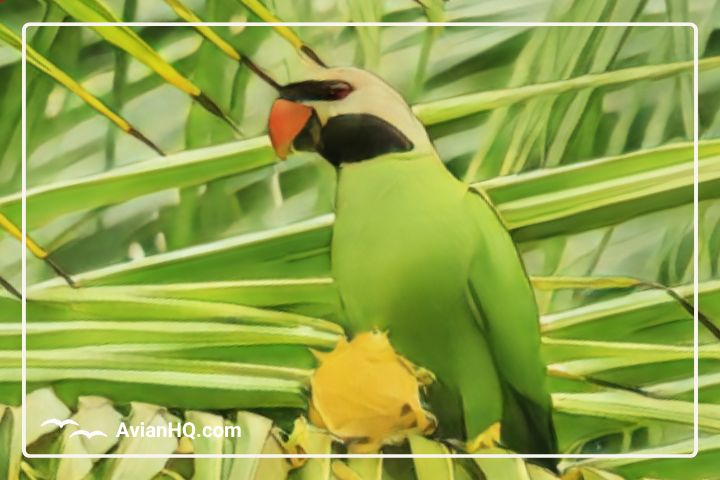
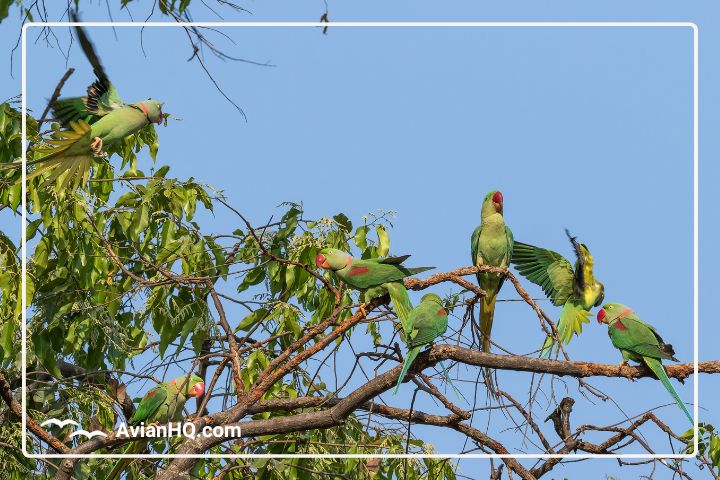
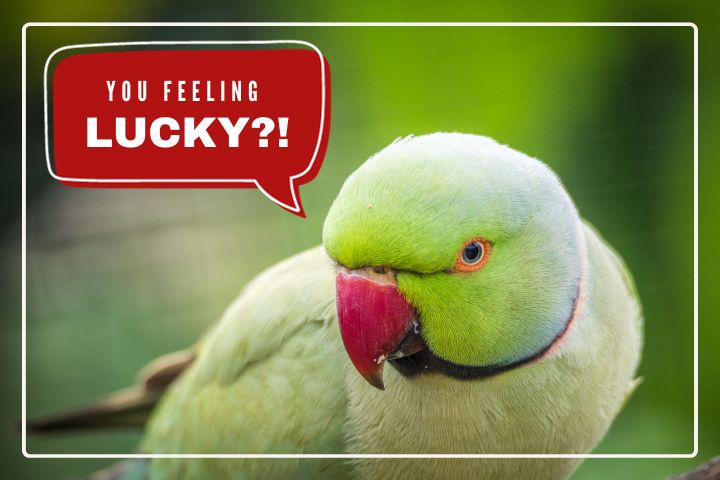


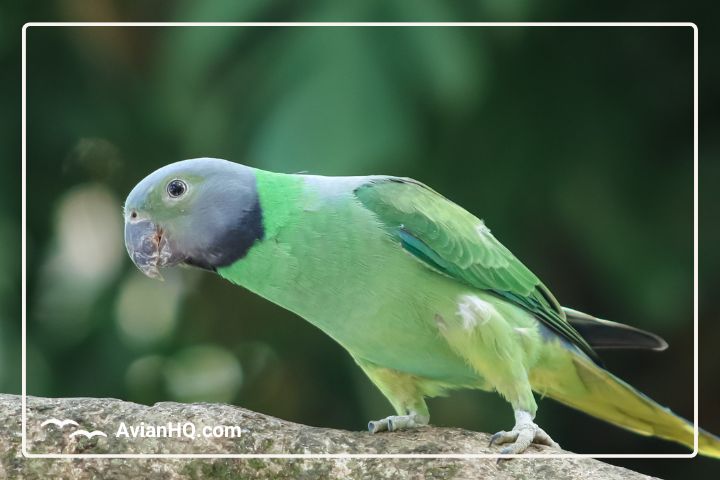
Very similar.